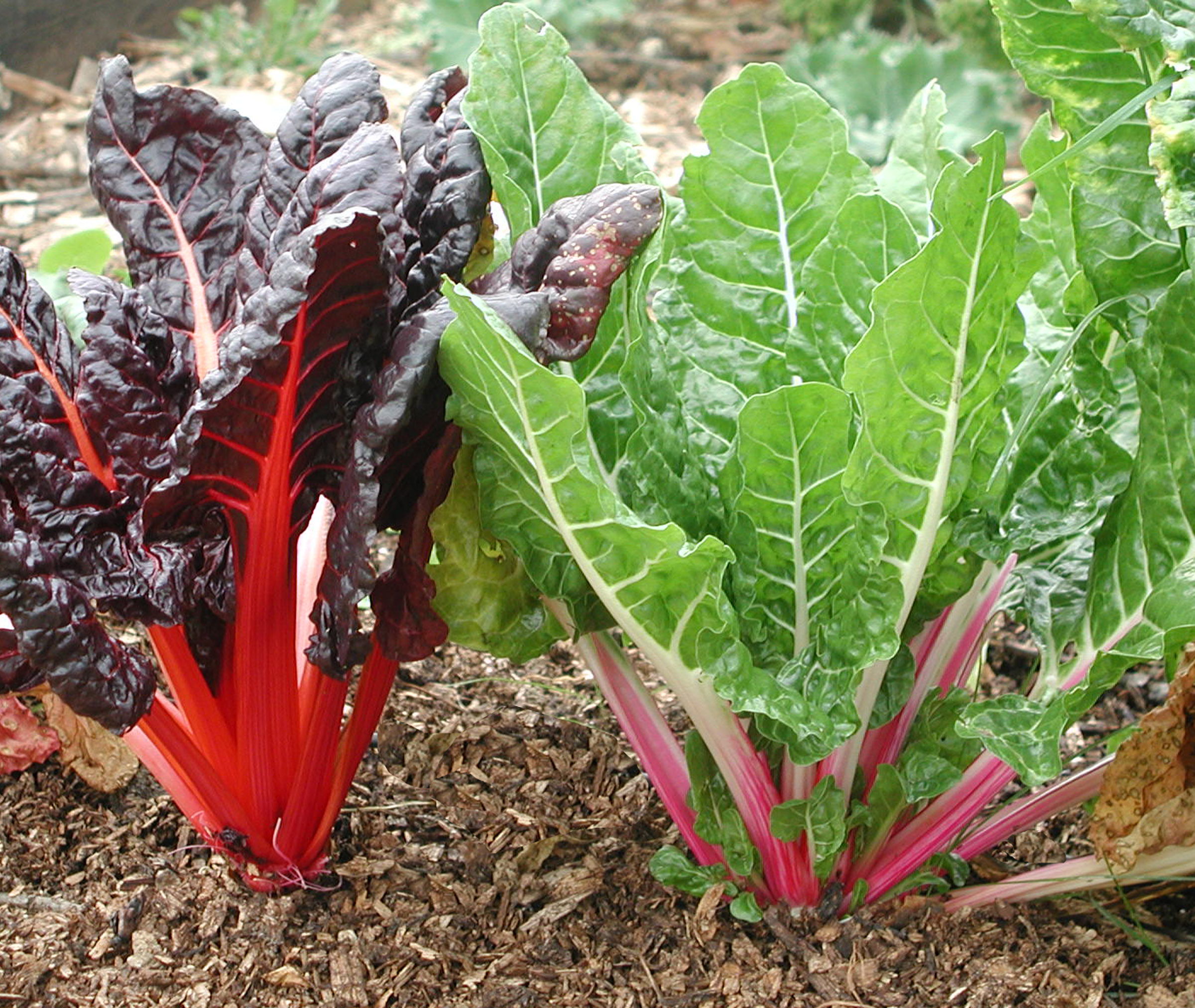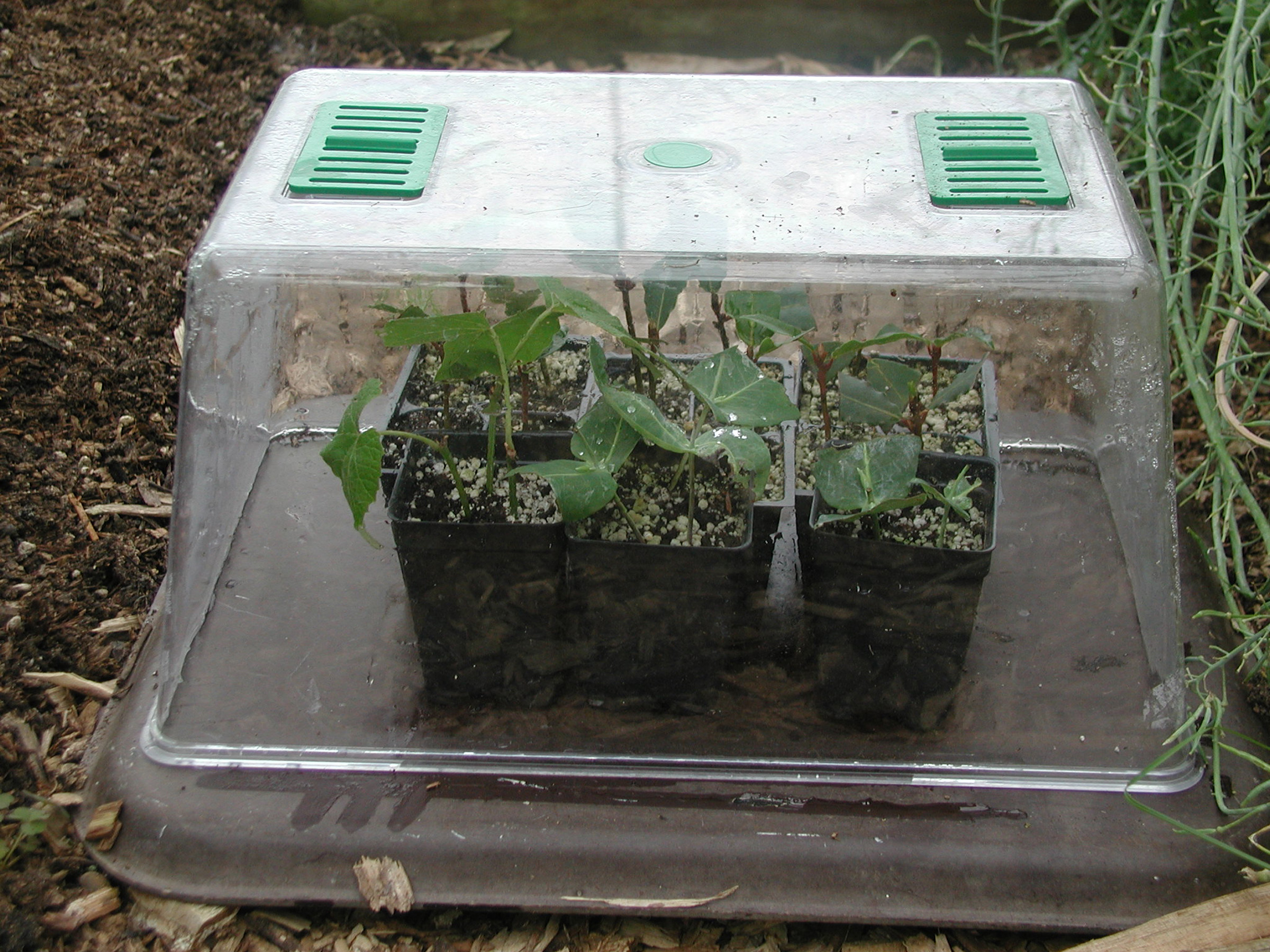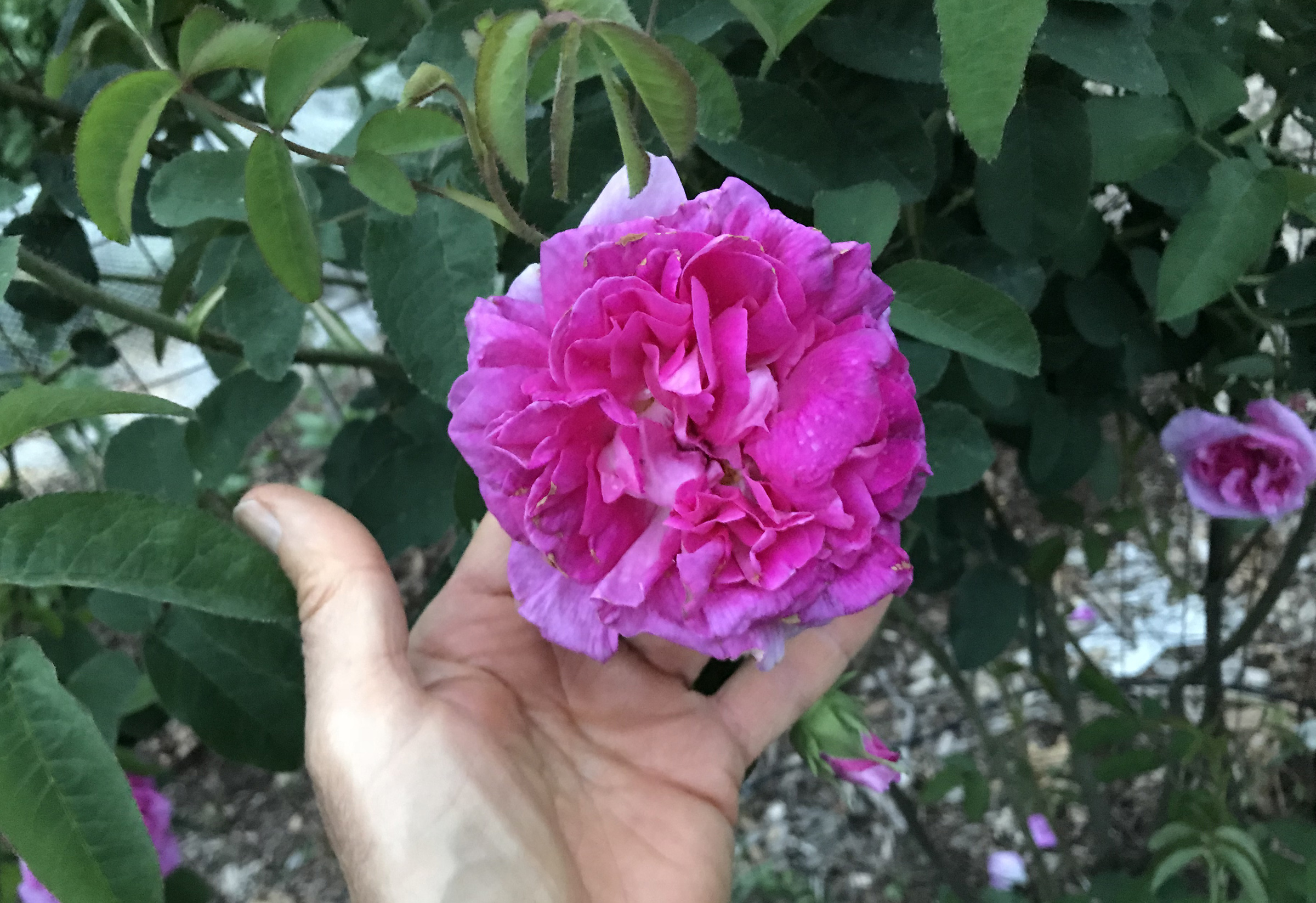POPEYE’S NEEDS
/8 Comments/in Vegetables/by Lee ReichCan’t Have It
Popeye ain’t the only bloke who’s gotta have spinach on tap whenever the urge strikes him. Some gardeners have similar needs — not me, though, who, come summer, gravitates to peppers, corn, tomatoes, and cucumbers. And being gardeners, you spinach lovers want freshly picked spinach, not that wan stuff that Popeye squeezes out of a can.

No matter how good a gardener you are, though, you can’t grow spinach this time of year (a statement that will no doubt be challenged by some reader who IS growing spinach now). Spinach is sensitive to cycles of night and day, and our summer’s short nights induce the plants to send up seedstalks, then die, instead of growing the succulent, broad leaves they do in spring and fall. Read more
FINDING MY ROOTS
/8 Comments/in Gardening, Uncategorized/by Lee ReichFINDING MY ROOTS
Totipotent Cells
Take a look at new shoots growing on a favorite shrub or vine and you’ll see that the bases of these shoots may be beginning to toughen up, becoming woody. Such shoots, snipped from the mother plant as so-called half-woody cuttings, can be rooted to make new plants. Two other types of stem cuttings are softwood cuttings, taken while shoots are still green and succulent, and hardwood cuttings, taken from thoroughly woody, often leafless, shoots.
You can make whole, new plants from any of these cuttings; I’ve done it for years. But be careful because rooting cuttings to make new plants can become addictive. And then you have to figure out what to do with all your new plants. (Hence, my annual plant sales.)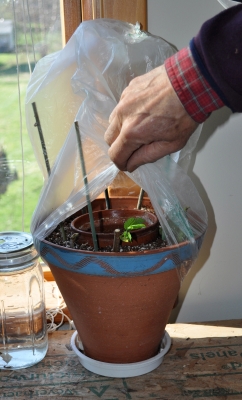
Cuttings are one of many ways to clone plants, that is, produce new plants that are genetically identical to the mother plant from which the stems were taken. Read more
GARDEN AROMATICS
/1 Comment/in Flowers/by Lee ReichSome Good, Some Not So Good
One of gardening’s pleasures — for me, at least — is that it makes scents. Ha, ha. But seriously, wave after wave of scent has wafted across my terrace since the garden awakened in early spring. Back then, the most prominent aromas were from daffodil blossoms, followed by those of plum, clove currant, Koreanspice viburnum, and then dame’s rocket.
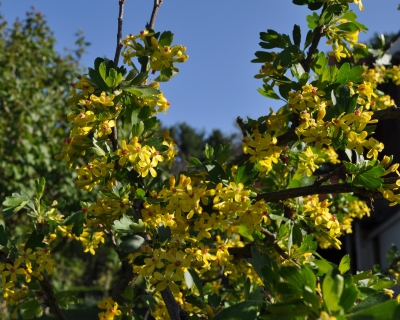
Clove currant
Olfactory pleasures, like the other sensual pleasures that flowers afford us, are incidental to the flowers. Evolutionarily speaking, we don’t return the favor with anything more than the carbon dioxide that we — and other animals — exhale.
Rather than smelling pretty for us, flowers do so to attract pollinators. Read more

